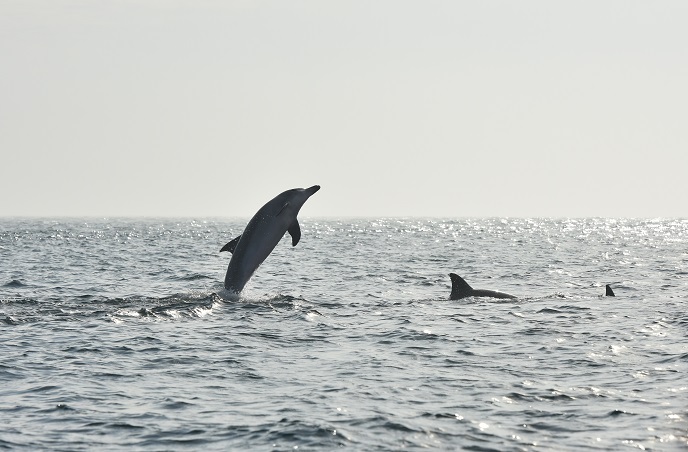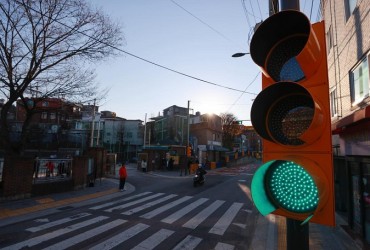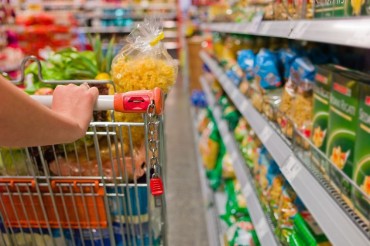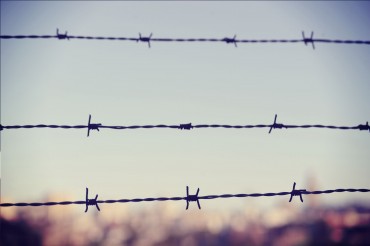
Bibong, a male Indo-Pacific bottlenose dolphin and believed to be 23 years old, is transported into a pen in the sea off Seogwipo on South Korea’s largest island of Jeju on Aug. 4, 2022, as a step toward releasing him into the wild. Bibong had been kept in a marine mammal park in Jeju since being illegally caught in waters off the island in 2005. (Yonhap)
JEJU, May 24 (Korea Bizwire) — What happened to Bibong, a male Indo-Pacific bottlenose dolphin that returned to the sea seven months ago?
A Korean aquarium is conducting a study to observe how Bibong, the most recent dolphin released into the wild, and his companions are adapting to ocean life while assessing the impacts of the release.
Bibong’s release in October highlighted the necessity for a comprehensive manual outlining guidelines for the release of marine animals and the conduction of marine research.
In response, the Korea Marine Pollution Response Corporation has decided to publish a white paper containing information about Indo-pacific bottlenose dolphins and their release back into the wild in the South Korean region.
The book will also provide insights into Bibong and the decision-making process behind his release.
The white paper will include details about preliminary training for wild adjustment, the dolphin release process, post-release monitoring, and in-depth analysis of the release.
The study of various dolphin and whale species inhabiting the sea around the country’s southern resort island of Jeju will be conducted from July to October for a duration of four months.
The findings will be included in the white paper.

A herd of Indo-Pacific bottlenose dolphins swims in seas off Moseul Port of South Korea’s southernmost Jeju Island in this photo provided by the oceans ministry.
The study will focus on the habitat, movement, and health conditions of Indo-pacific bottlenose dolphins in three areas on Jeju Island: from Aewol Port to Hwasoon Port, from Hwasoon Port to Seongsan Port, and from Seongsan Port to Aewol Port.
Reportedly, approximately 120 bottlenose dolphins reside along the coast of Jeju Island.
In 2012, there were eight bottlenose dolphins held in aquariums in South Korea, but by 2017, seven of them had been returned to the wild.
Last October, Bibong, the last dolphin residing in an aquarium in the country, was released back into the wild.
The whereabouts of Bibong have been unknown for the past seven months since the signal from the attached GPS device was cut off.
The Jeju provincial government is considering the implementation of an Eco-legal Person policy to safeguard the bottlenose dolphins, which are classified as endangered species in the country.
H. M. Kang (hmkang@koreabizwire.com)






